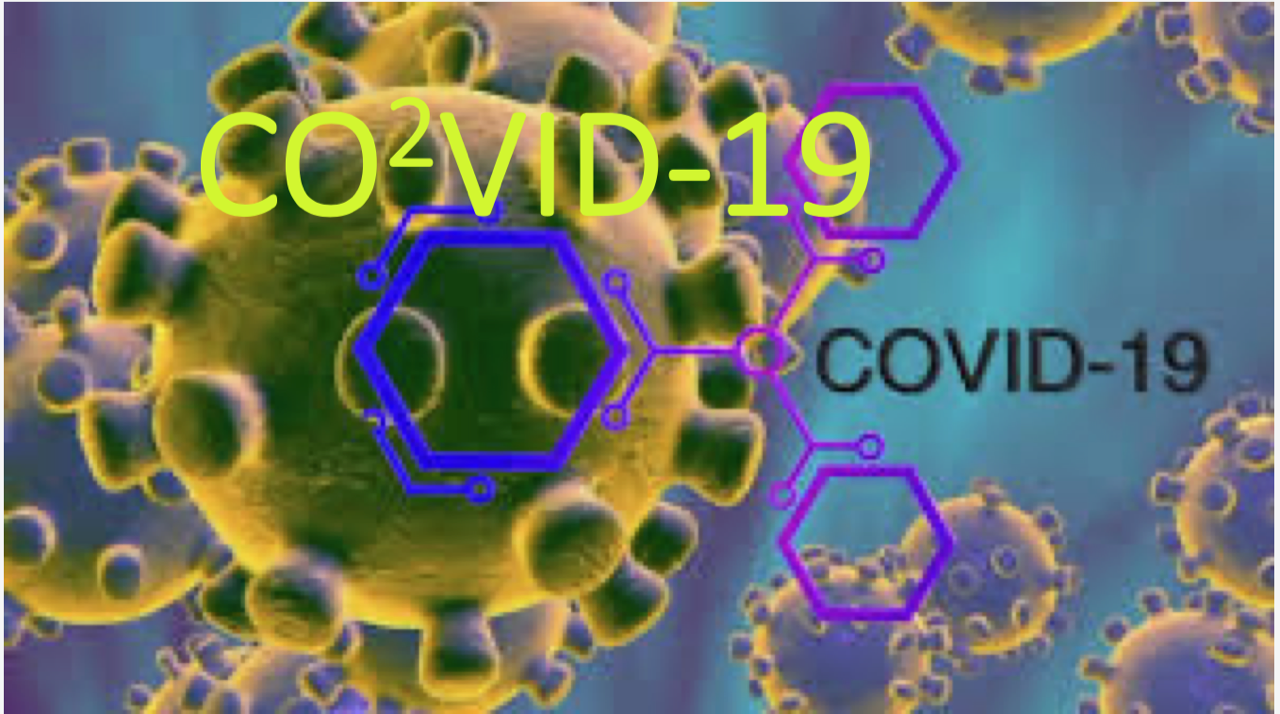
Even though we really like the Guadiana river, we want to move on eventually. But, in line with government policy, we would like to prevent contamination. The government however, wants us to get our vaccination in Holland.
We tried our favourite site Rome2Rio and found the quickest way.
Before we go from Sanlucar de Guadiana to Rotterdam we first have to get a PRC-test. So, a bus to and from Huelva. Then, to the Netherlands (provided the border with Portugal re-opens and we can fly from Sevilla). The trip would be: bus-train-plane-train-tram-house-tram-vaccinationscentre-tram-house. And vice versa for the return.
We would make 24 movements per vaccination. We will probably both need two injections each, so that makes 48 travel-moments per person. 48 environments to exchange the virus. 96 for the both of us.
And we thought of all the CO2, (Carbon dioxide) we would emit.
We found some nice (Dutch) sites we used to calculate the CO2 output of living, working and travelling, so here’s the math:

How much is that? What we would produce in extra CO2 equals, for example.:
- A yearly electricity consumption of two Dutch households (source Milieucentraal), or:
- The distance an average Dutch car makes in 1,8 years (source CBS, Dutch National Statistics), or:
- 230 train trips Amsterdam – Paris by Thalis.
If you would like to try some calculations for your own purposes, try for example those sites.
Rethink: the local solution
Considering the environmental footprint getting our vaccinations in the Netherlands would create, we started rethinking the situation. Our vaccinations could be restricted to 2 movements for each vaccination. That is: if we were allowed to receive them in Sanlucar de Guadiana. No PRC-tests needed, just a walk to get the vaccination in this village or somewhere nearby. This would prevent a lot of contamination moments, and also save fossil fuel and 3,2 tonnes of CO2.
So, we asked the Dutch Embassy in Madrid for advice.
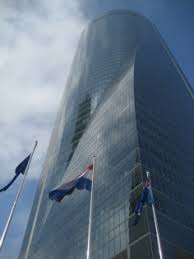
From the skyscraper in Madrid came a quick and adequate response: “We understand your desire to be vaccinated. We have information from the Andalusian authorities about the steps you can take to be eligible for a call. These are as follows:
– You can use your Dutch or European health insurance card to access the nearest “centro de salud” (a public care center);
– There you can register in the “base de datos de usuario” (user database) as “desplazamiento temporal” (temporary displacement);
– According to Andalusian authorities, this will give you automatic a call for a vaccination, in order of age category.
– If you have a medical indication that puts you in a risk group we recommend that you find out how and whether this can be registered.
For timing, vaccination strategy, and further questions it is best for you to check with your ‘Centro de Salud’, but keep in mind this can be a matter of months”.
So, we went looking for our ‘Centro de Salud’. Would it be the ‘Consultorio Medico’ in the centre of Sanlucar de Guadiana?
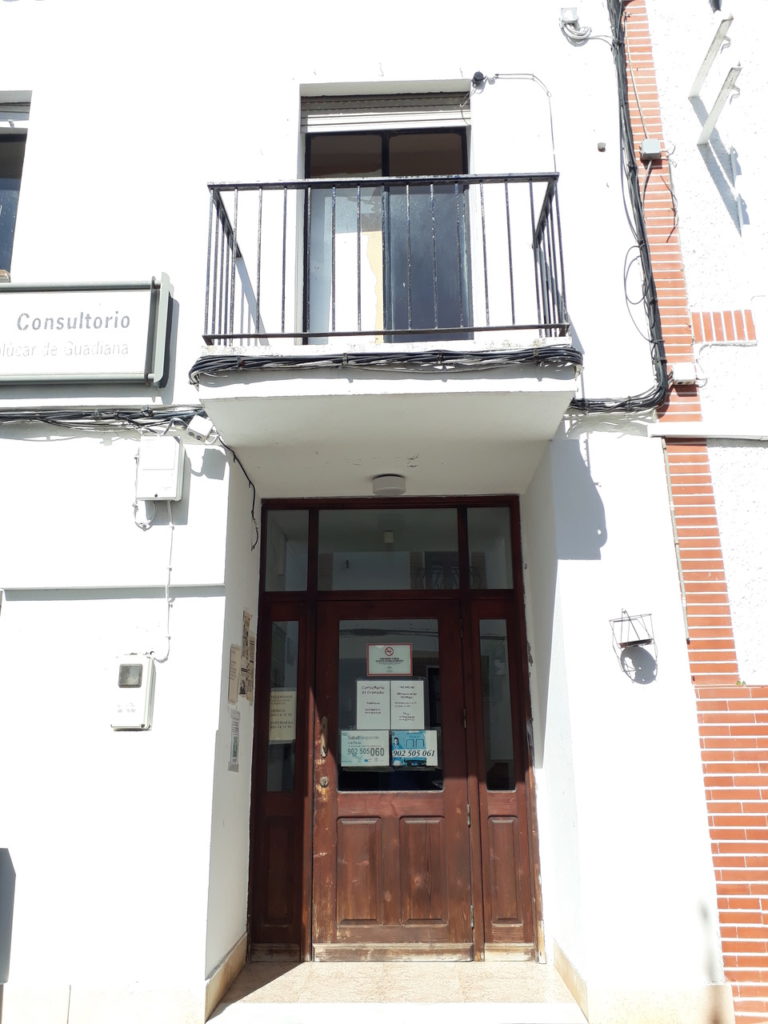
The friendly nurse told us that it would not be that easy. We had to go to the “Trabajador Social” in Villanueva de los Castillejos, a village 22 km further east. We got an appointment 2 weeks later, at 9:45. There was a regular bus line to from Sanlucar the Guadiana.
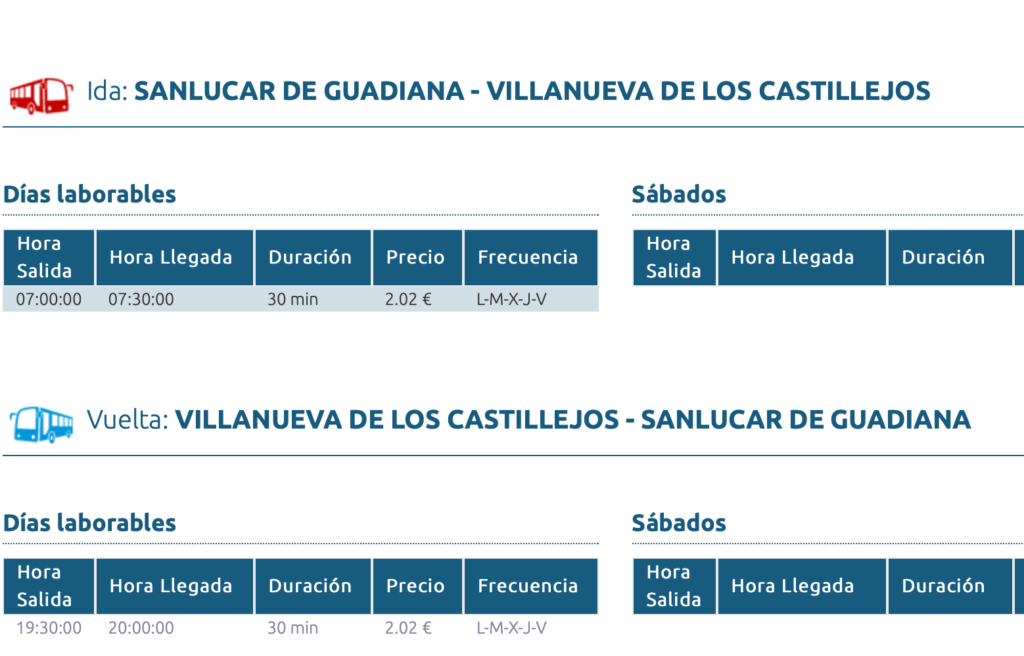
The social worker in the Centro de Salud in Villanueva de los Castillejos gave us the form. In a restaurant we filled it in after our coffee, tea and a ‘tostada’. We got our copies in the papershop down the road, and we walked back to the Centro. We gave the social worker the form. He explained the rest of the procedure in Spanish, using arms and legs to explain the various paths the form had to go through the bureaucracy. This was a bit difficult to understand.
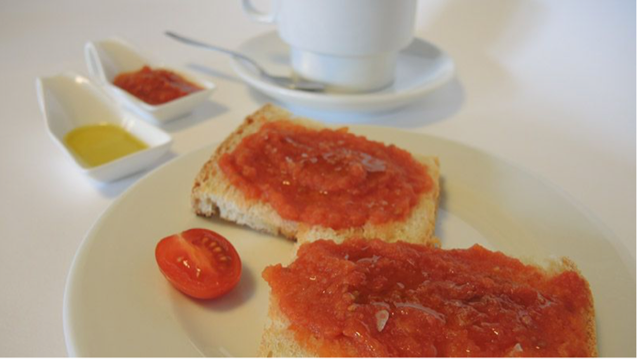
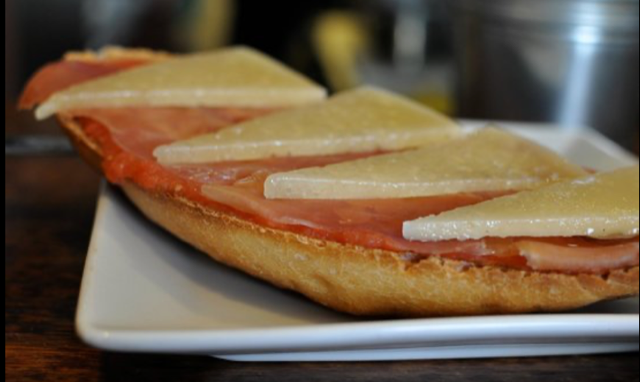
This visit could have been avoided if we could have filled in the form online. But the breakfast was great, and the 20 km walk was lovely and very healthy!
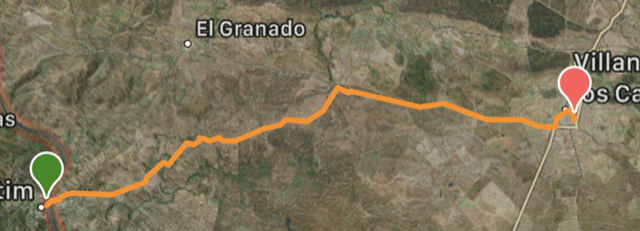
Now we are back in Sanlucar and await further instructions from the Centro de Salud. We hope Spain keeps its position as frontrunner of EU-countries vaccinating their population. And, we hope we soon can get our vaccination, our ‘ticket to travel’ in a CO2-friendly way.

